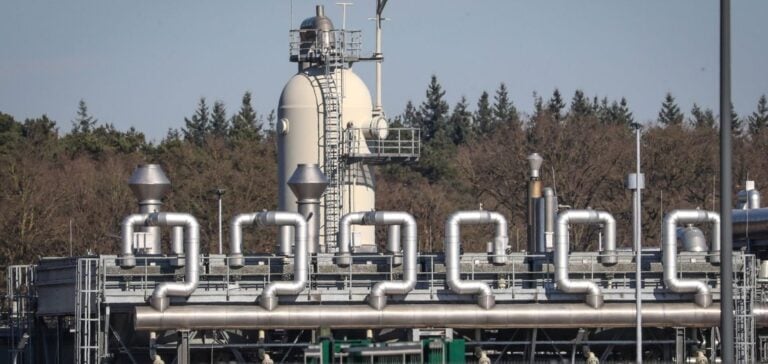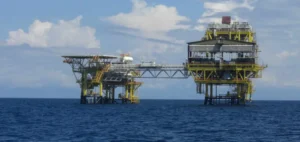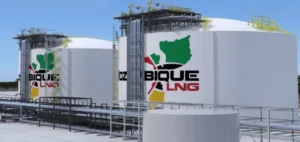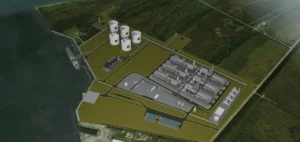Europe is experiencing a rapid decline in its gas surplus, a situation accentuated by the redirection of LNG cargoes to the more lucrative Asian markets. This dynamic has already led to a significant rise in gas prices in Europe, well above the long-term average. According to data from GIE (Gas Infrastructure Europe), gas inventories in the European Union and the UK have accumulated just 148 TWh since March 31, representing one of the slowest fills since 2012.
Slow but Necessary Filling
After an exceptionally warm winter in 2023/24, Europe emerged with record gas storage levels, requiring slower filling to avoid saturation before winter 2024/25. However, this slow start to the season has already begun to erode some of the surplus. As of June 9, inventories were 219 TWh above the ten-year average, but this margin has been reduced from the 277 TWh observed at the end of the winter.
Price trends and Reduced Surplus
Gas stocks were already 72% full on June 9, well above the ten-year average. Despite this, projections show that inventories could reach 1,223 TWh before the end of the filling season, exceeding the system’s technical capacity, estimated at around 1,145 TWh. This has filtered through to higher forward prices for summer 2024 and tighter spreads for the end of the filling season.
The Role of Asian Markets
Lower international gas prices have encouraged increased LNG purchases by price-sensitive buyers in South and East Asia, diverting cargoes from Europe. Severe heat waves in India, Bangladesh, Southeast Asia and southern China have also boosted gas consumption by generators to meet demand for air conditioning and refrigeration. Since the summer of 2023, LNG buyers in Northeast Asia have been willing to pay a premium over their counterparts in Northwest Europe, a premium that has risen considerably since the end of winter 2023/24.
Outlook for the future
So far, the European surplus has kept us on the sidelines, allowing more LNG to be directed to gas-hungry buyers in South and East Asia. However, with the gradual erosion of this surplus, competition between Europe and Asia for LNG is set to re-emerge before the end of 2024. Cold winters on both sides of Eurasia could push up prices, leading to a battle for the last available cargoes.
The current dynamics of the gas and LNG markets reveal a delicate situation for Europe, faced with a reduction in its gas surplus and rising prices due to growing demand in Asia. This situation underlines the importance of flexible supply strategies and continuous monitoring of global gas markets.






















